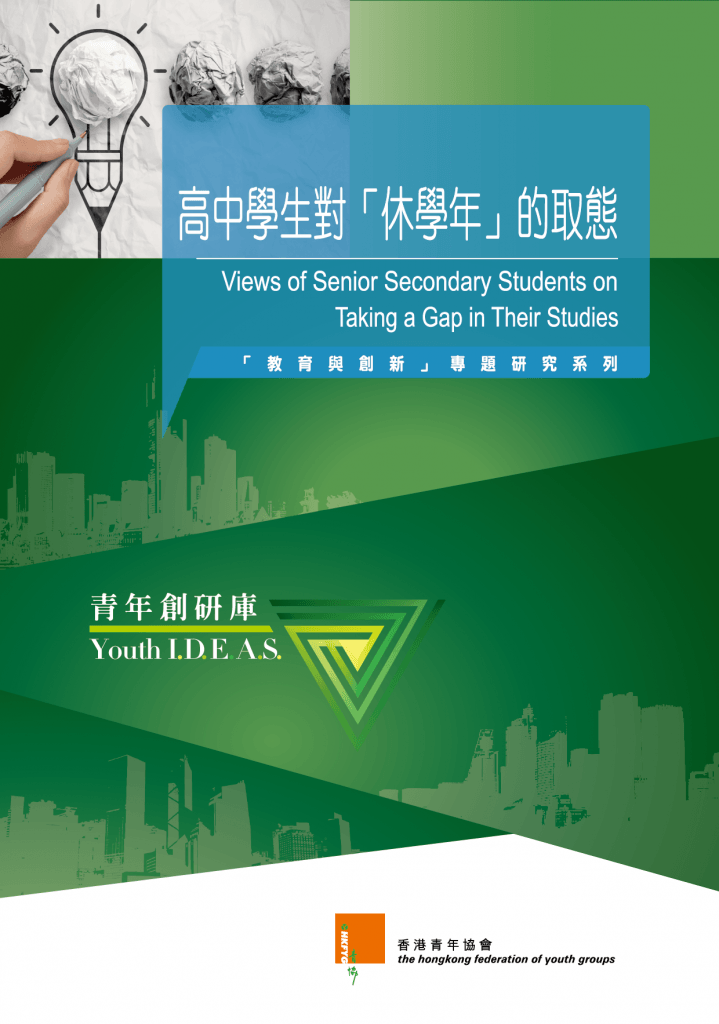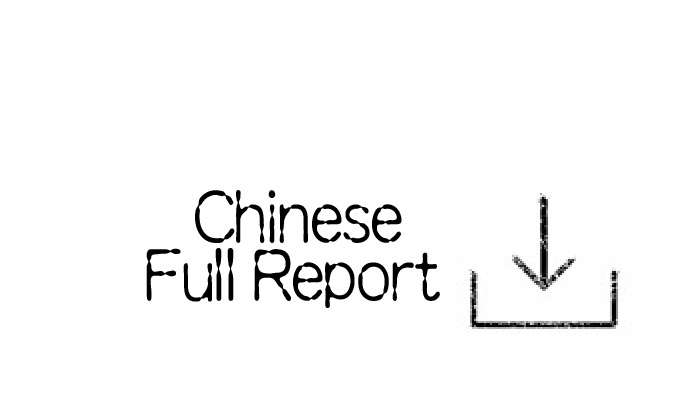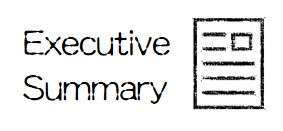Views of Senior Secondary Students on Taking a Gap in Their Studies
Youth I.D.E.A.S. 24
Education and Innovation
Views of Senior Secondary Students on Taking a Gap in Their Studies
31 July, 2017
 In recent years, taking a gap year has become popular among secondary school leavers in western countries. It is often seen as a part of life planning. A gap year normally refers to a study break between the completion of secondary school studies and the start of tertiary studies. It involves students spending three months to one year, pursuing their personal dreams or taking part in a life experience. Recent research confirms that a gap year can provide time for personal reflection and development.
In recent years, taking a gap year has become popular among secondary school leavers in western countries. It is often seen as a part of life planning. A gap year normally refers to a study break between the completion of secondary school studies and the start of tertiary studies. It involves students spending three months to one year, pursuing their personal dreams or taking part in a life experience. Recent research confirms that a gap year can provide time for personal reflection and development.
In Hong Kong, the government proposed “Strengthening Life Planning” in the 2014 Policy Address. Since the 2014/15 school year, schools operating classes at senior secondary levels have been provided with an additional recurrent grant of $0.5 million to introduce more education for life planning.
An effective education for life planning can help secondary students to have a better understanding of their own abilities and interests, shape their future paths and set a goal for their lives. However, research found that most senior secondary students did not know their own capacities, were uncertain about the direction for their future development and were having difficulty in making decisions in life planning. The reasons for this might be that current life planning courses are mostly conducted in the form of talks and workshops. Therefore, students are facing difficulties in setting life goals because they lack life experience and practice opportunities.
Some organizations in Hong Kong have used the concept of gap year to offer a one-year internship programme, with guidance for senior secondary students, to help them develop their career goals. The main research questions in this research are: what do senior secondary students, parents and educators think about participating in a gap year and what recommendations are there to implement a gap year at the senior secondary stage?
This research involved data collection from June to July 2017, through a survey of 905 senior secondary students. Between June and July, seven focus groups were also conducted with a total of 28 senior secondary students and 17 parents. At the same time, interviews with four experts or educators were conducted. It is expected that this research will provide views from senior secondary students on taking a gap year in their studies and will result in recommendations for implementing a gap year for senior secondary students.
Discussion
- Life planning education helps students to make wise decisions in choosing subjects for further studies and their career paths upon graduation. Yet, students are still facing difficulties when making a lifework decision.
- Secondary students lack life experiences and opportunities to discover their potential. The respondents generally agreed that secondary students should be brave in chasing their dreams, but they lacked opportunities to discover their potential. Experts believed that life experiences would help students to have better self-awareness and to find their own pathway.
- Senior secondary students view gap years positively and look forward to participating in them to broaden their horizons, improve their independence and make new friends from different places.
- The main barriers to participating in a gap year are fear of delaying study, feeling homesick, lack of financial support, lack of understanding about gap years and views of parents.
- Senior secondary stage is a good point at which to take a gap year and after secondary education is the most suitable time. However, the decision to participate in a gap year or not should be taken according to a student’s own ability and a gap year is not right for everyone.
Recommendation
- Introduce a gap year pilot scheme.
- Place reservation mechanism.
- Promotion and propaganda.




